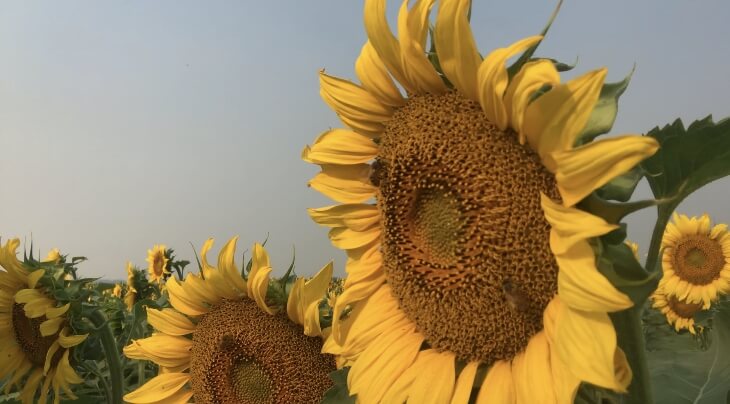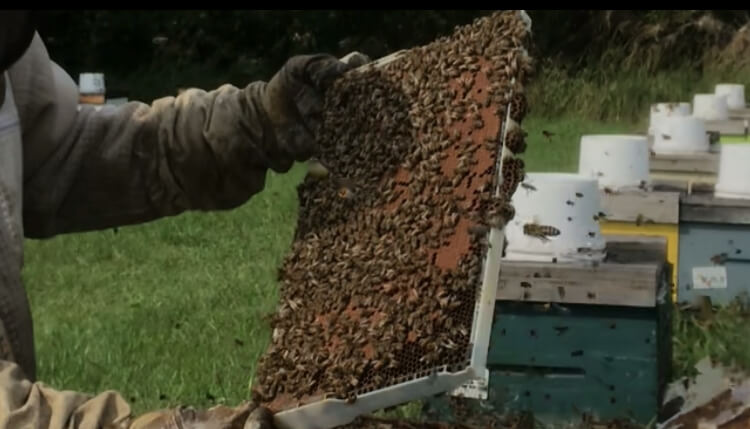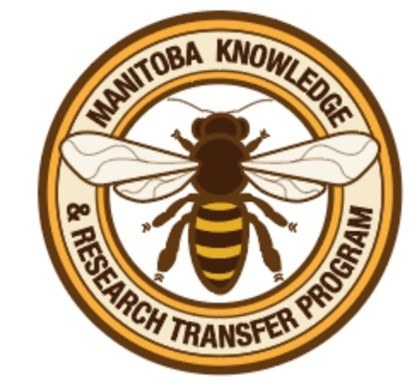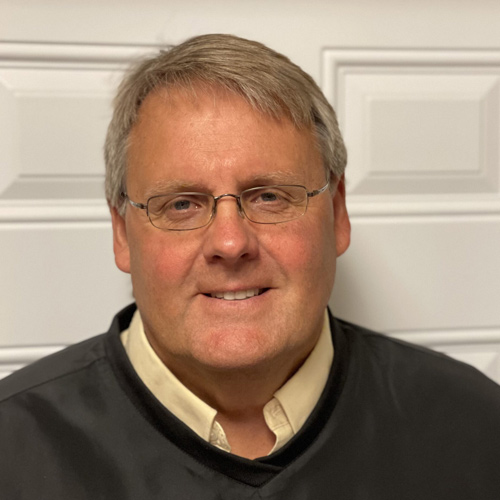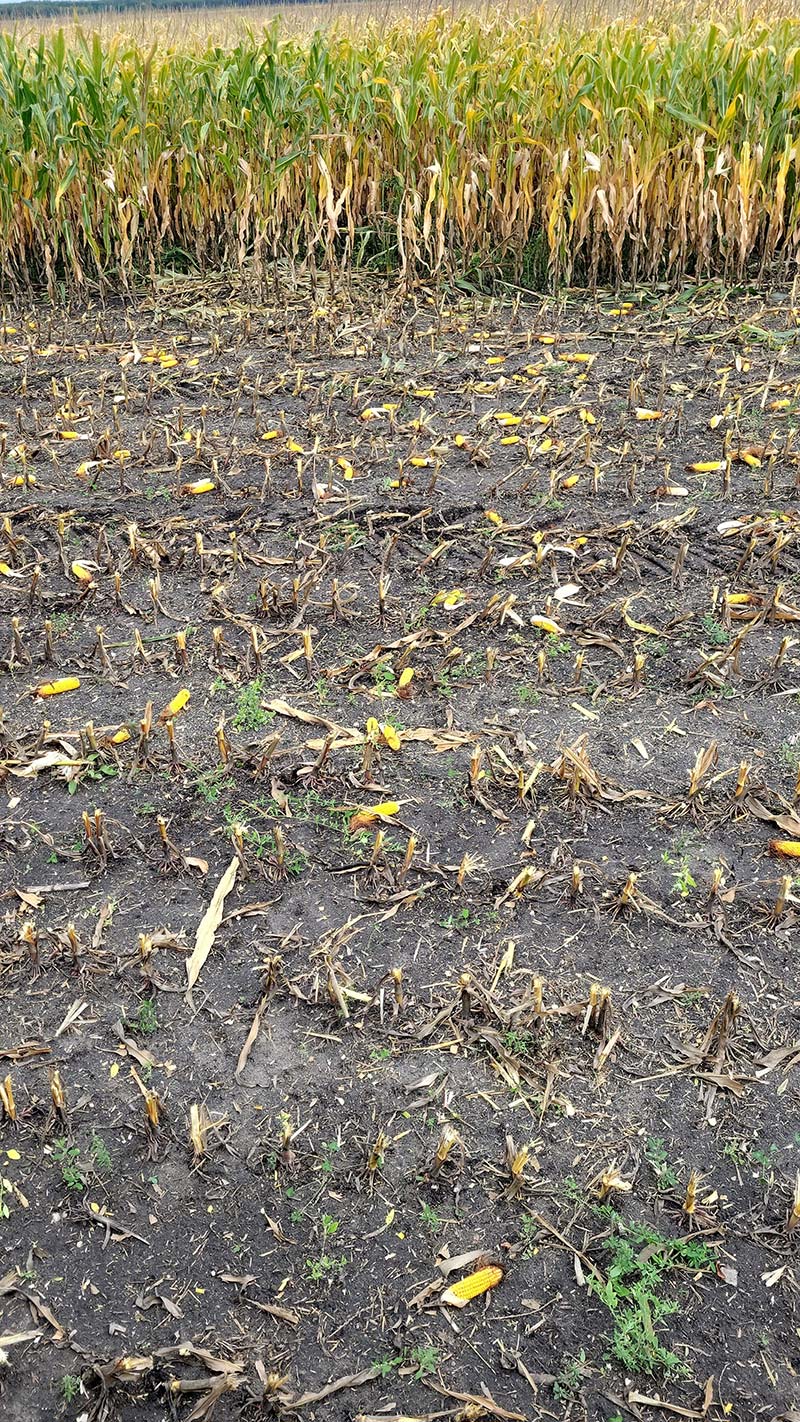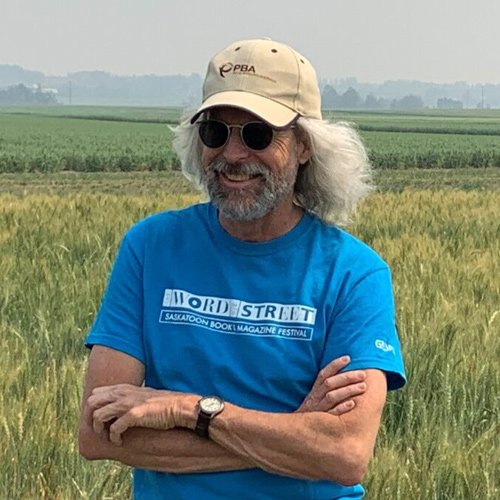Brian Beres, Senior Research Scientist, Lethbridge Research and Development Centre

Follow @agronomydoc on Twitter!
Brian Beres, Ph.D., P.Ag., is a Senior Research Scientist in Agronomy at Agriculture and Agri-Food Canada’s (AAFC) Lethbridge Research and Development Centre (Lethbridge RDC) and Adjunct Professor at the University of Alberta. He is also Editor-In-Chief of the Canadian Journal of Plant Science, and Chair of the Wheat Initiative Expert Working Group for Agronomy. Brian earned his B.A. and B.Ed. from the University of Lethbridge and his M.Ag. and Ph.D. from the University of Alberta. Brian and his wife Suneeta live in Lethbridge with their 16-year-old-son, Kiran.
Where did you work before Lethbridge RDC?
Well, I originally wanted to be a teacher, but after I completed my B.A./B.Ed, I found my way into a technical role with AAFC. When I was in this role, I saw some professional opportunities so I decided to go back to university and get my M.Ag. and then eventually my Ph.D. Since then, I have worked my entire 31-year career at the Lethbridge RDC.
What got you interested in this area of work?
I grew up on a farm and during university I worked at the research station as a summer student. After graduation and while I was trying to get my foot in the door with teaching, I worked at the research station in various term roles. I really enjoyed the work. I thought it was pretty interesting to see another side to agriculture that I’d never been exposed to before. For example, I had experience with wheat production on the farming side, but it was interesting to then see the process involved in developing those same varieties as a technician. What really drew me into agronomy was the direct connection back to the farm where you’re essentially the interface between transferring potential innovations in a meaningful way so they can be adopted on farm.
Tell us a bit about the Wheat yield gaps: Magnitude and opportunities to sustainably improve yield project you’re working on.
The Wheat yield gap project spawned from interactions I had with an international organization called The Wheat Initiative (www.wheatinitiative.org). One goal of The Wheat Initiative is to consolidate as much research as possible internationally so there is less overlap and more collaboration. From that interaction there were some exercises around developing expert working groups and within those groups, setting research priorities. I was asked to chair the expert working group for agronomy.
Within that group of international peers, we were discussing and developing research priorities when we acknowledged that globally there is an emphasis on wheat yield potential (especially on the breeding and genomics side) but less discussion about what a farmer might realize on the agronomic side (depending on their practices). There had yet to be a coordinated study across Canada and the US of the disparity between full yield potential and what’s realized on the farm level. This had never been addressed or mapped out in North America. There is a group based out of the University of Nebraska that does this type of mapping in collaboration with Wageningen University in Europe, but they too had never mapped out North America for wheat.
This presented an opportunity so I connected with (Dr. Patricio Grassini) who heads up the group from the University of Nebraska, a colleague from Kansas State University (Dr. Romulo Lollato) and we started strategizing a way to map out the US and Canada for wheat yield gaps.
We were lucky to acquire funding partners including Alberta Wheat Commission, Alberta Innovates, SaskWheat and Manitoba Crop Alliance. This information will ultimately benefit the whole wheat value chain from farmers, to funders, to stakeholders and to policy-makers. The reason is that once we map out the yield gap for the Prairies – essentially the difference between what is possible and what is being observed or realized – then we can start drilling down into what is causing the gap at each location. For example, what is creating a gap in northern Alberta might not be the same as what is creating a gap in southern Manitoba. If we can determine the cause, then we can have conversations about what kind of research priorities would be required to help us address closing these yield gaps. It lays down a map which provides intelligence back that has the possibility to change the research landscape around wheat.
Rather than reinventing the wheel, or worse yet going down a rabbit hole that leads to a flawed outcome, we have teamed up with the Global Yield Gap Atlas – https://www.yieldgap.org/ – to incorporate their established modelling methodology and protocols. This group has collaborated with European colleagues and have successfully mapped 15 different crops around the world.
What can you say about the value of farmers providing funding and support to your work on projects like this?
Farmer funding is the ultimate validation that the science we are conducting has relevance to the agriculture sector and has the potential to provide meaningful impact at the farm gate. The relationship between research scientists that are doing systems type agronomy, and producer associations and producers is very important. The synergy between what we can offer as scientists and the feedback loop we get from the farming community is crucial in answering questions like, ‘is this relevant to farmers? Is there an opportunity here? Is this an issue on the farm?’ Farmers are the ones who are going to take and use what we develop, so it needs to be relevant to them.
I really value working directly with the commissions and farmers who are going to be impacted by what we do. I don’t take the responsibility lightly when producers are willing to fund research.
How does that farmer funding and support directly benefit farmers?
Working groups from the entire value chain of a commodity work together to establish research priorities, which ensures that those priorities meet the issues and opportunities identified by farmers. This process not only aligns to regional, national and international research priorities, but it will also directly benefit farmers and optimize precious and scarce research funds. Leveraging power is when you can make a rapid pace of innovation.
How do you spend your time outside of work?
I enjoy sports like hockey, water-skiing, snow-skiing and tennis, and I’m into vehicle restoration – my current project is a 1972 Ford Bronco.
What gets you excited about the work you do?
When you have success along the entire research continuum. Starting with a concept you may have developed with input from farmers, acquisition of research funds and development of a team, and field experimentation to test hypothesis and then sharing what you learned with farmers, academia, and the public… It doesn’t always work out, so when it does it is pretty rewarding.
What is your favourite piece of technology? Why?
We have quite the range that we work with but I do enjoy the technologies we have developed or acquired that allow us to conduct field research that directly simulates on-farm equipment and environments. We have recently designed and built our own plot seeder, so I’m quite proud of that and my staff who made it happen.
Follow @agronomydoc on Twitter!





